Highlights
January - February 2017
Haussmann Special Issue
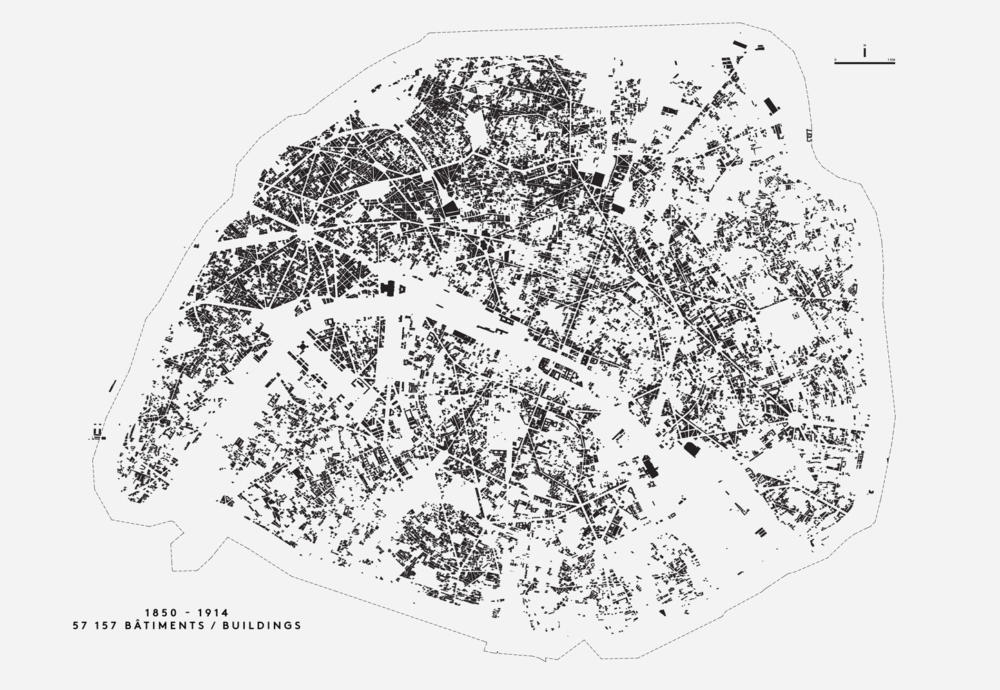
Paris Haussmann, Modèle de ville
Exhibition
The Pavillon de l’Arsenal in Paris has invited LAN and Franck Boutté to curate the exhibition PARIS HAUSSMANN, Modèle de ville. Presented from January 31 to May 7, the exhibition enables visitors to rediscover this architectural heritage at all levels with more than 100 drawings, plans, archived documents, photographs by Cyrille Weiner, and numerous models.
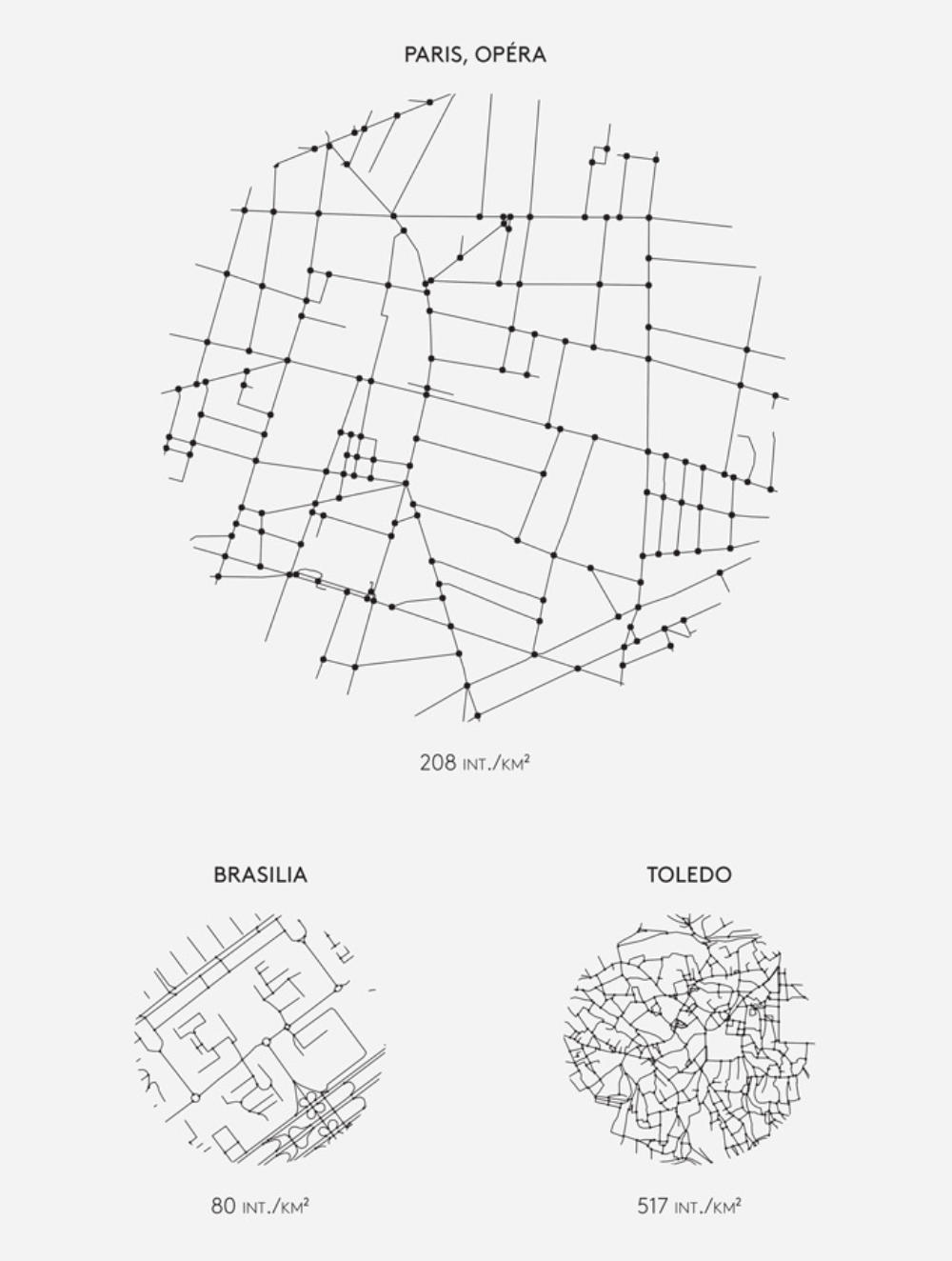
Efficiency
The morphology of road networks is an indispensable analy-tical tool for defining urban forms.
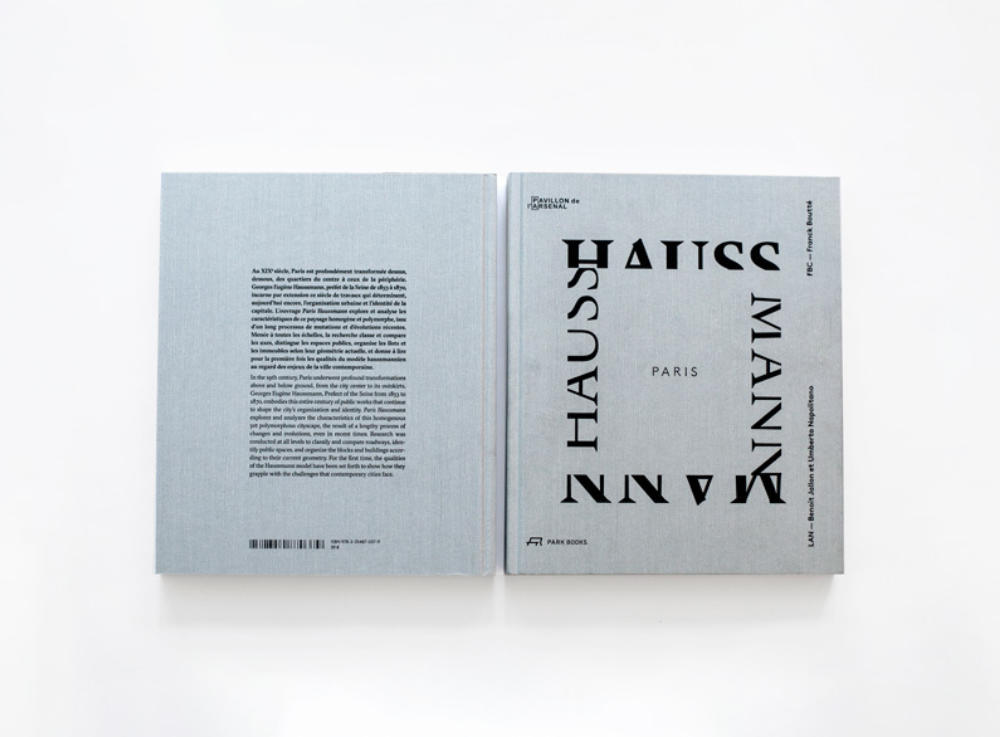
Paris Haussmann
Exhibition Catalogue
Fully documented and illustrated, the exhibition catalogue was conceived as a retro-atlas of Haussmann’s territory.
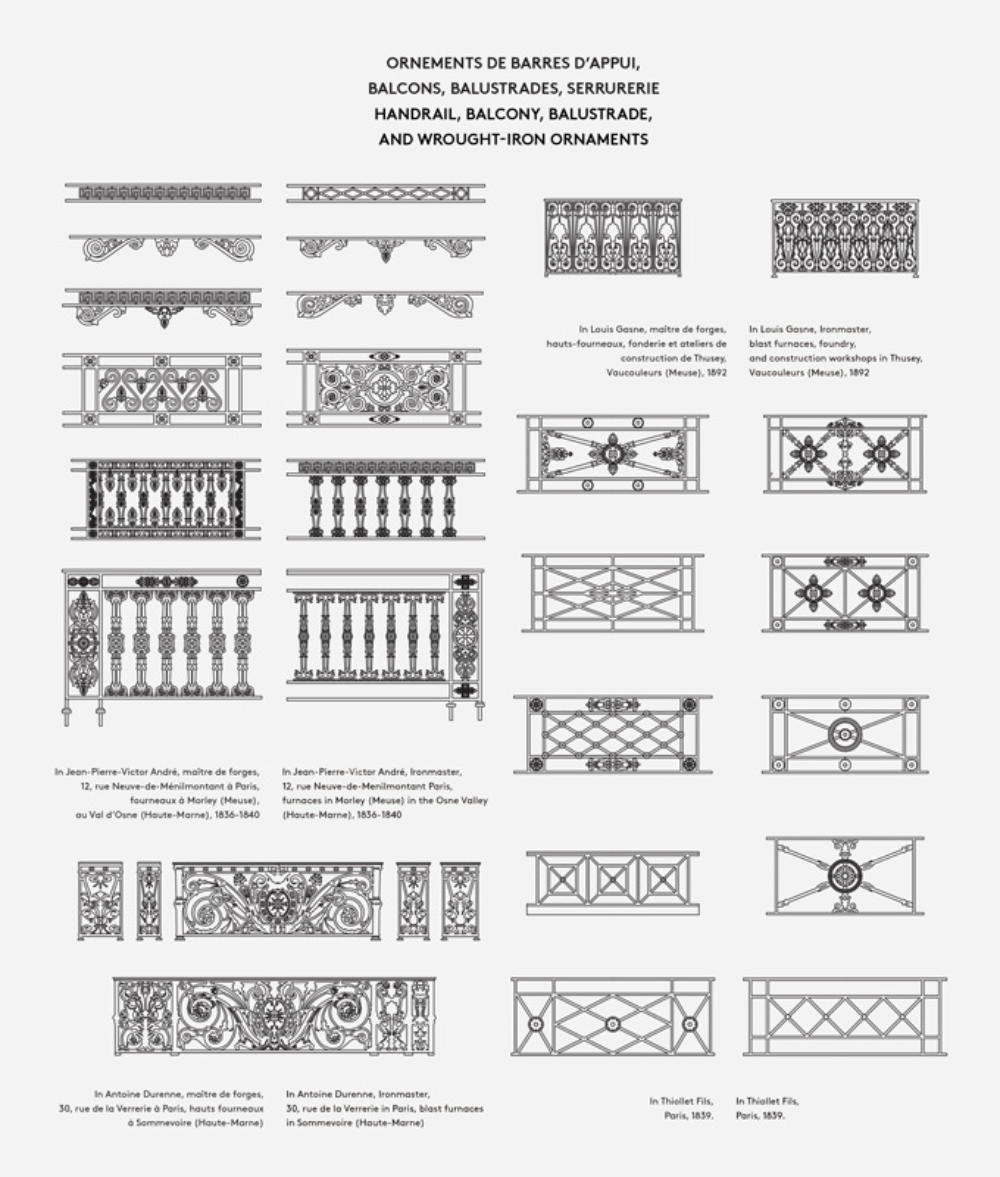
Identity
Haussmann’s concept of the city covers the entire built environment, from redrawn streets and urban fixtures to building façades, down to the individual stylistic elements and ornamental components.
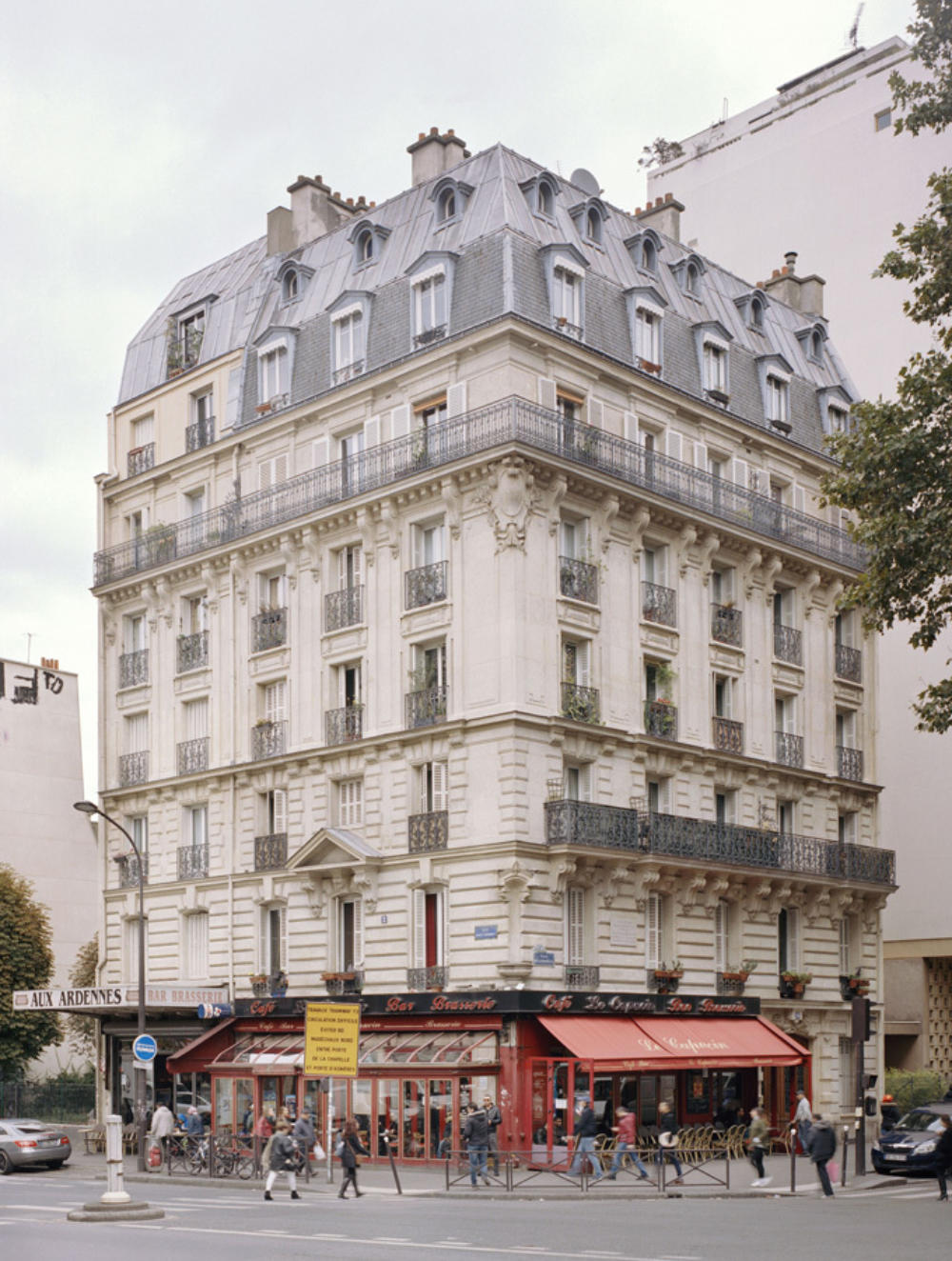
Invariant
Designed from the outset to host diverse usages and populations, the Haussmann investment property also demonstrated considerable aptitude in terms of changing its configurations and usages, a capacity for transformation and reversibility.
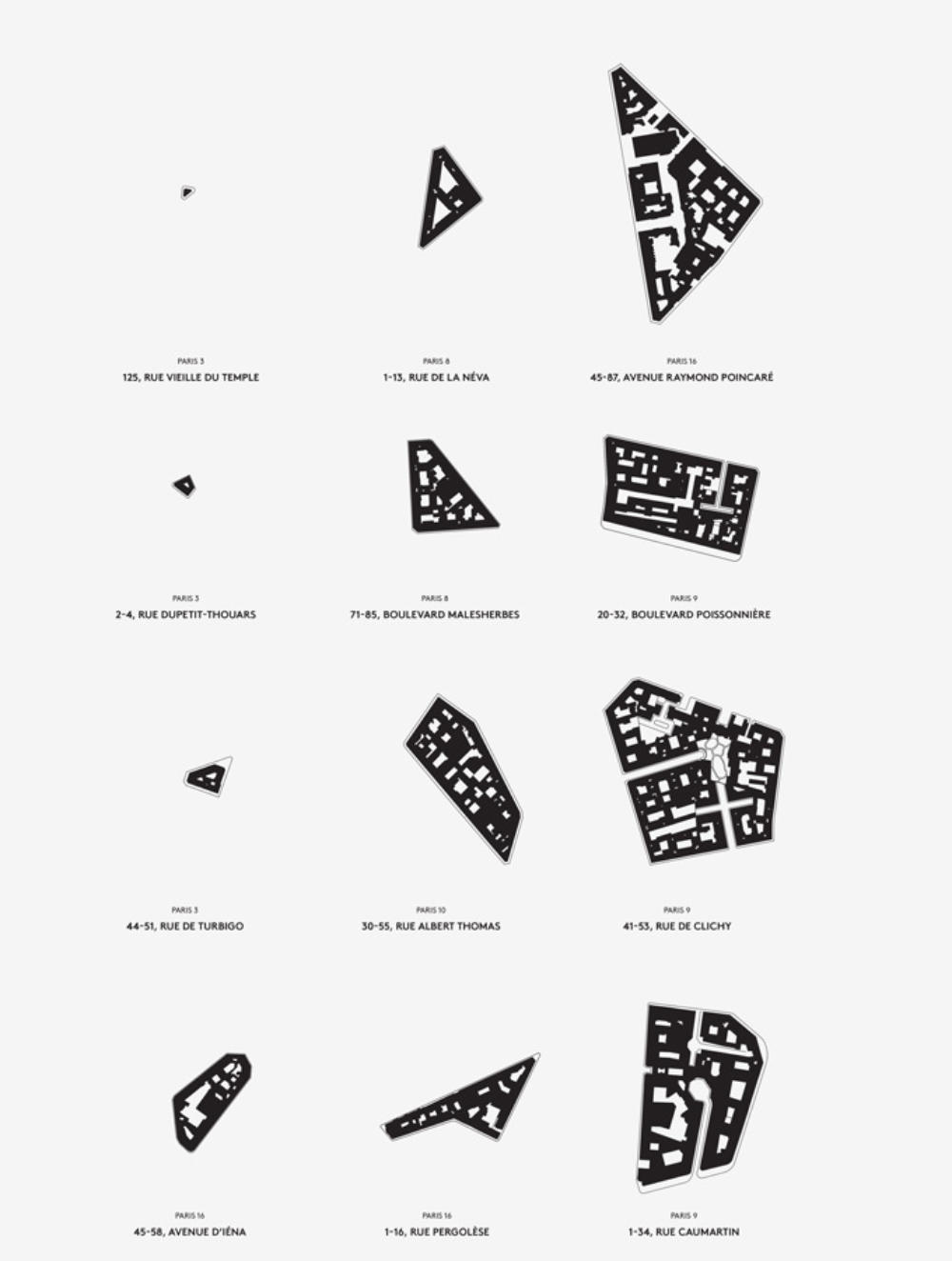
Searching for density
The blocks can be considered as an assembly of units: a block can become a single building, or be composed of independent units, following a process that is sometimes reversible.
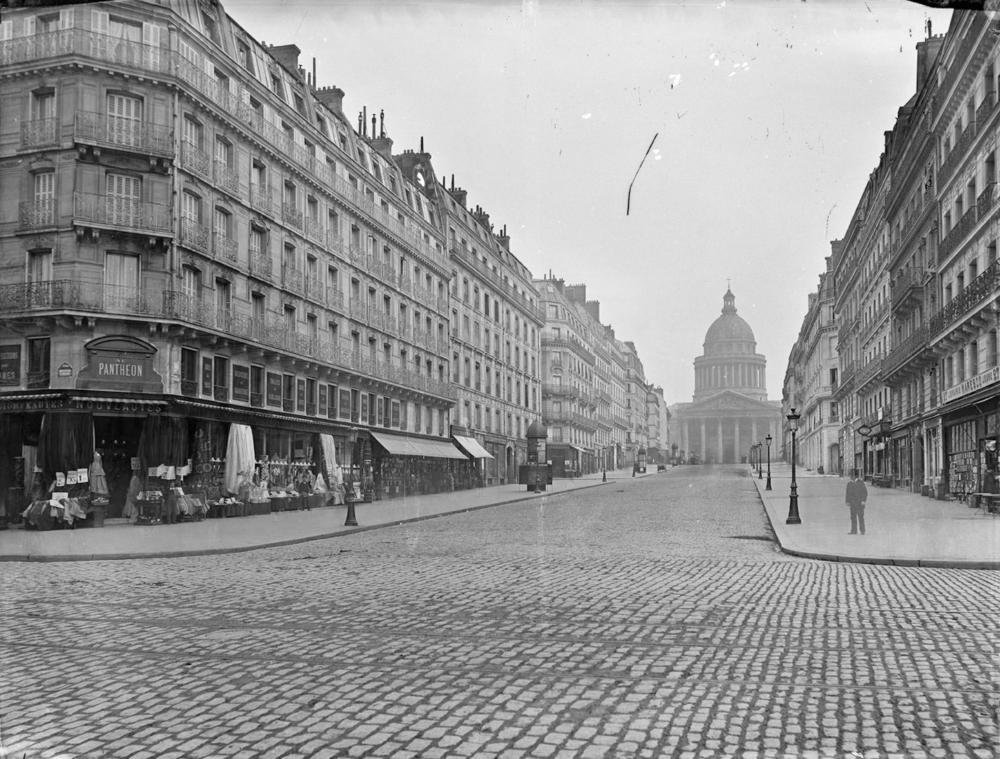
Charles Marville
Photographe
Official photographer for the city of Paris under the Second Empire, Charles Marville (1813-1879) is renowned for his series that document the streets and squares of Paris before and during the Haussmann’s modernization program.
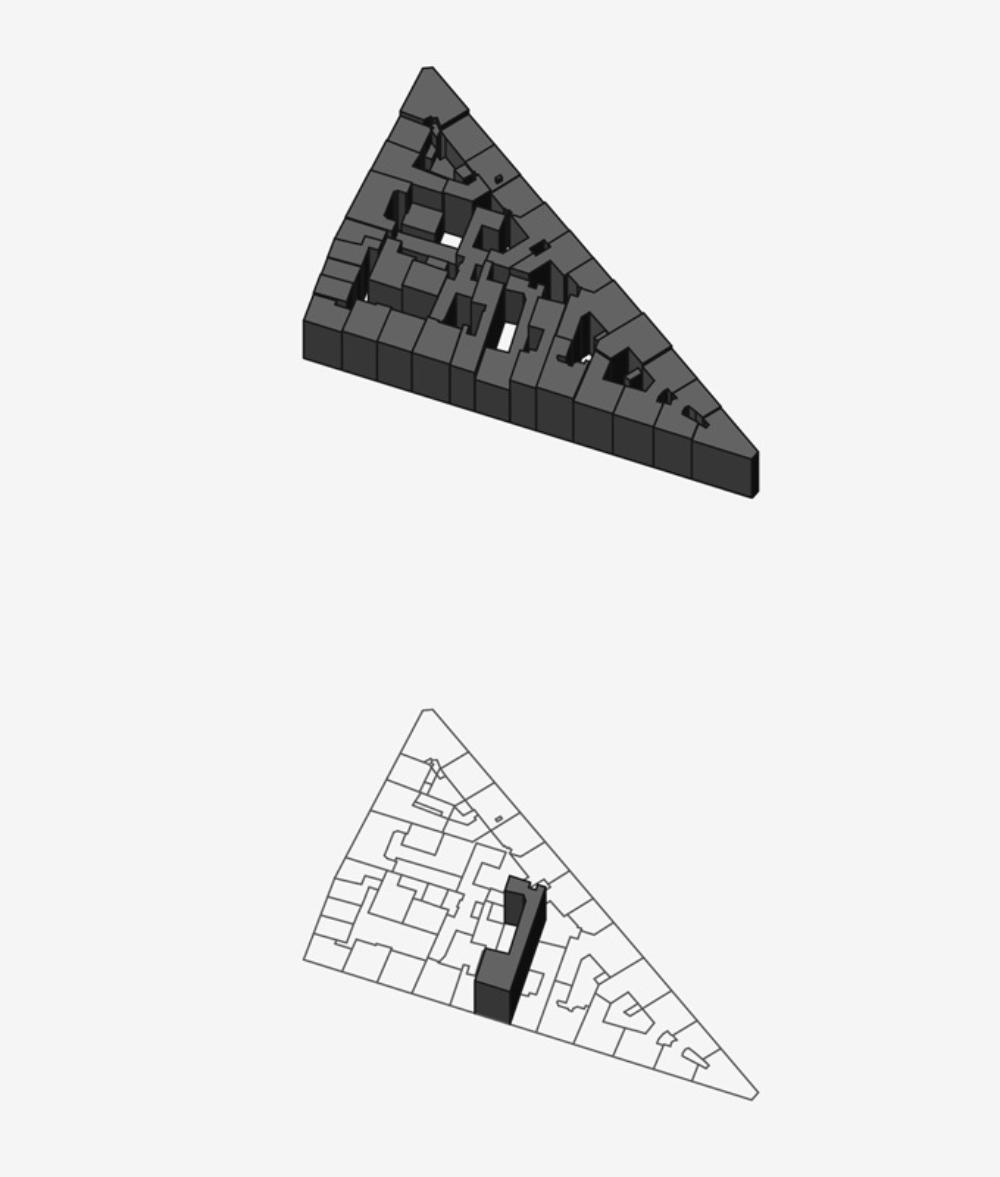
The blocks
European cities are characterized by the strong correlation between the form of the individual block, which constitutes the basic component of the urban fabric, and the form of the city.
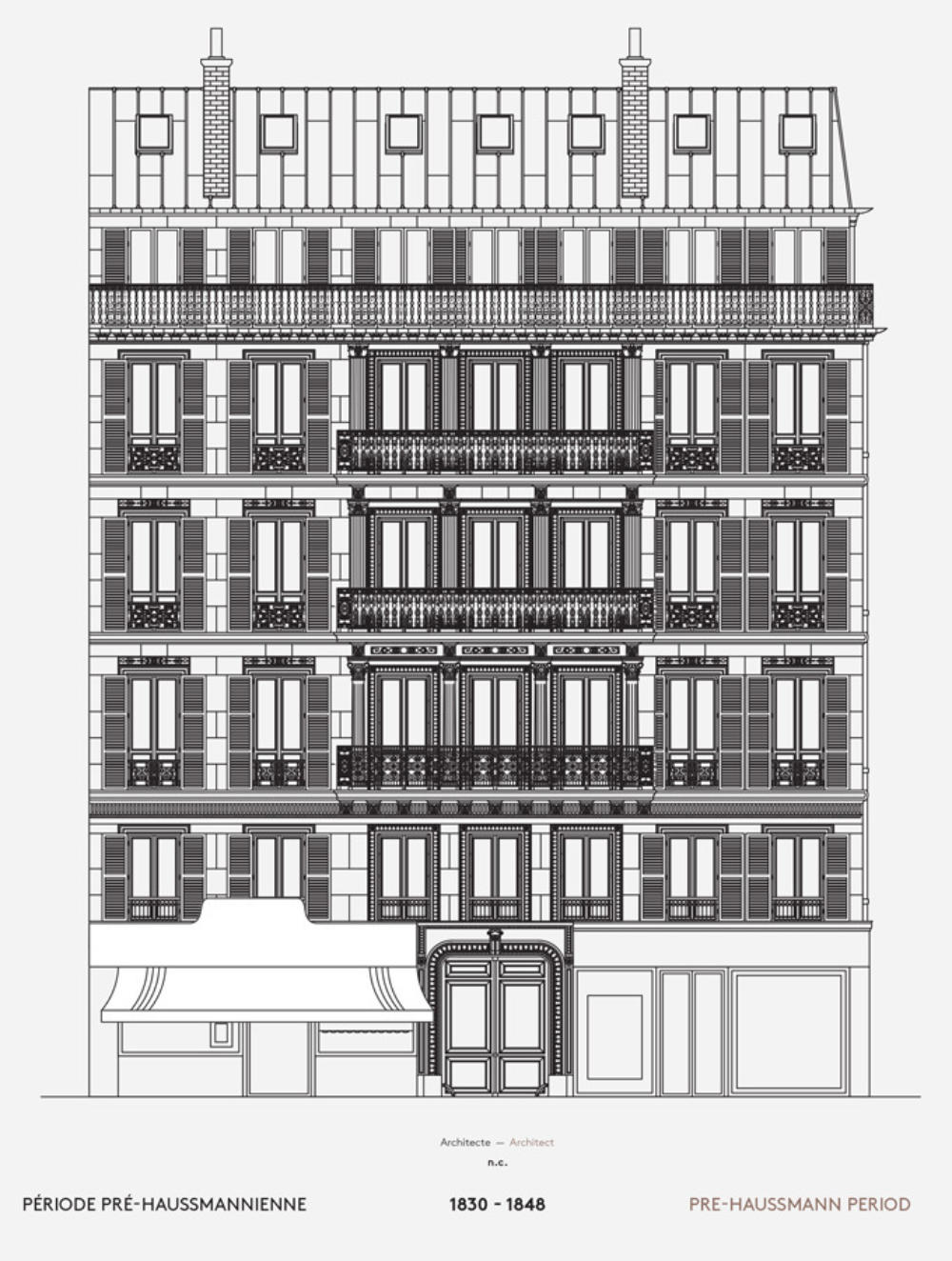
Investment property
Although the building is the true icon of Haussmann’s urban production, the type commonly known as “investment property” (or “rental property”) was already present in the 18th century.
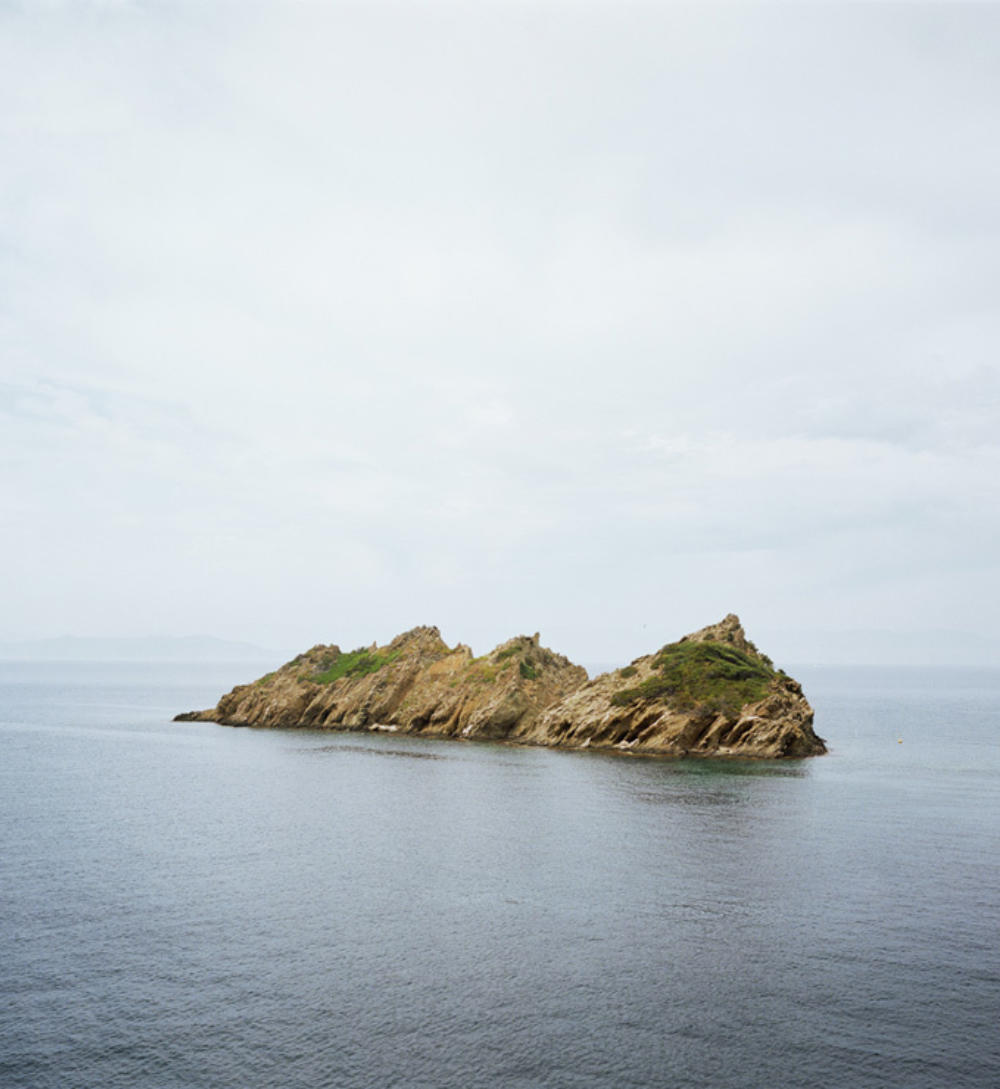
Cyrille Weiner
Photographer
As part of the upcoming exhibition at Pavillon de l’Arsenal, photographer Cyrille Weiner produced the series “Paris Haussmann, Variations de l’identité”. LAN invites you to discover his personal work and the way he captures the world around him.
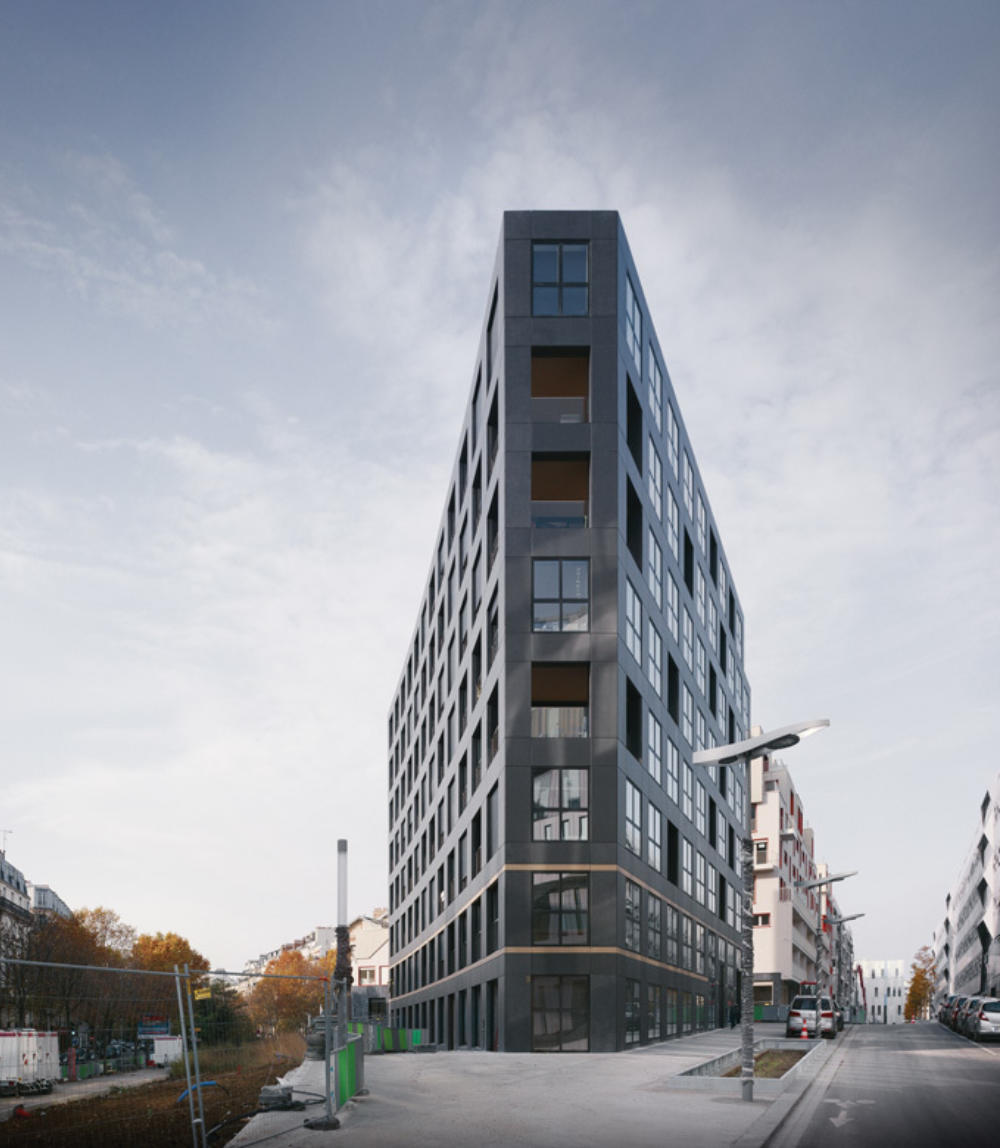
Paris XVII
40 housing units
The project pays homage to Paris, to the architecture of the 19th century, and to the Haussmann building.
Haussmann’s Paris
Haussmann strove for everything, for everything in Paris to be “embellished… expanded… rehabilitated.”
He expressed a wish that was both for the above and the below ground, for the beautiful and the useful, and from overall picture down to the smallest detail. In seventeen years, the prefect of Paris laid 600 km of sewers and 175 km of streets, built city halls for the arrondissements and schools, designed squares, parks, and woods, stimulated private investment, rebuilt neighborhoods in the city center, and envisioned those at the outskirts. Rarely has a public official had such an impact on popular culture. His name embodies the Grands Travaux, the major public works of the Second Empire, and by extension, the city’s transformations into the early 20th century. Still today, the name Haussmann delineates the city and gives shape to its urban cityscape. He personifies the city of Paris’ urban identity in the present day more than anyone else.
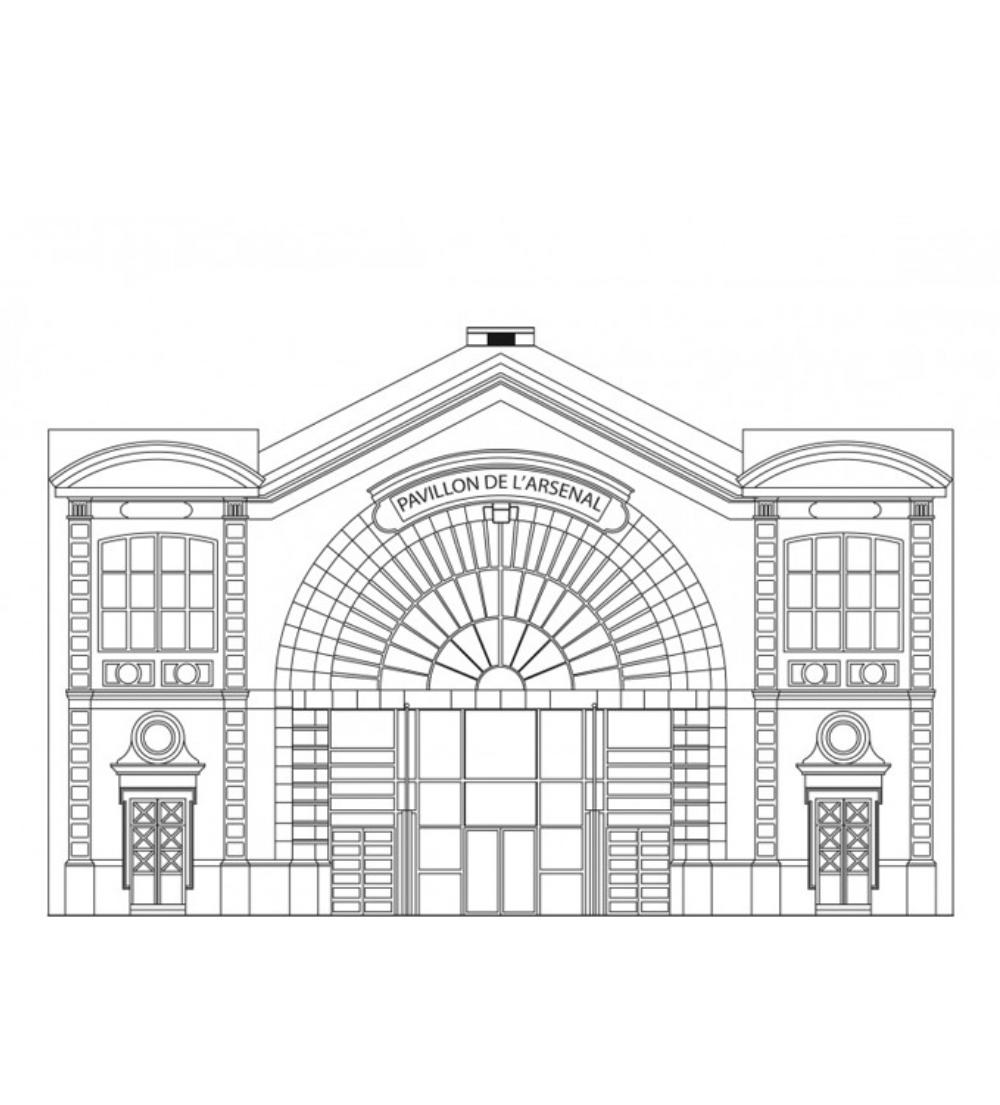
Pavillon de l'Arsenal
The Pavillon de l'Arsenal which will host the upcoming Paris Haussmann exhibition, is the Paris Center for Information, Documentation and Exhibition of Urbanism and Architecture.